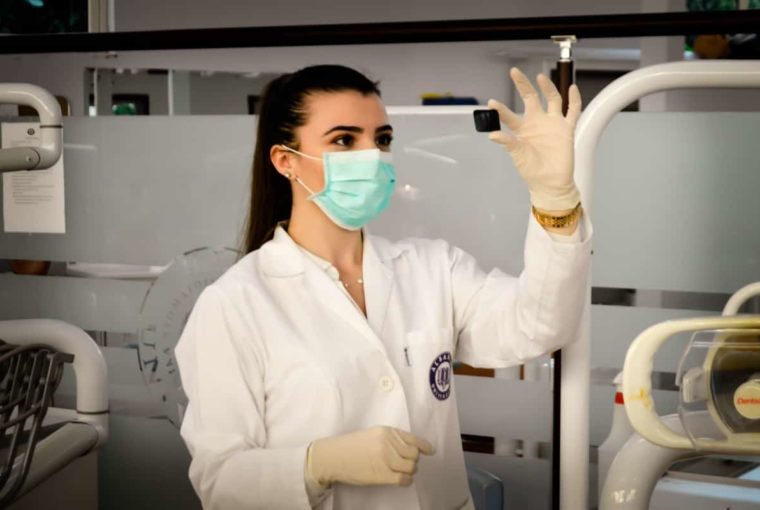Cases of medical contaminations that may lead to infections and, in worst cases, deaths have been a common occurrence in the past. This has led to the US Food and Drug Administration (FDA) establishing regulations to protect the health of Americans by regulating the medication processes such as production through several oversight measures. The oversight measures mean FDA regulates the facilities where the drugs are prepared rather than regulating the drugs.
The need for drug regulations led to the rise of pharmacy designations 503A and 503B meant to classify drugs based on different pre-assigned criteria such as prescriptions and manufacturing batches. These two designations serve a common purpose of ensuring the safety and effectiveness of drugs, though there are several differences between them. Several websites like fagronsterile.com provide more information on the two pharmacy designations.
503A Vs. 503B
Both 503A and 503B are designations designed by the FDA to ensure the safety of drugs by regulating the facilities that prepare the drugs. But these two designations are different even though they have the same purpose and benefits. Read on to understand more about both designations,
503A Compounding Pharmacies
These pharmacies offer small-scale preparation of medicine like prescription drugs for individual patients or local medical centers. The production is often at a microeconomic level and meant for domestic purposes.
These pharmacies produce medicine under patient-specific conditions, which often makes the medicine expensive for patients. The medication is regulated by the Board of Pharmacies of the respective states that the pharmacies are located. The pharmacies must comply with regulations such as environmental monitoring inspections that has to happen every six months and also comply with US Pharmacopeia (USP) requirements 795 and 797.
Another compliance that 503A pharmacies are required to have include a beyond-use dating conducted by external scientific evidence. The external scientific evidence, however, isn’t necessarily subjected to rigorous scientific testing.
All 503A pharmacies should be registered with the state’s Board of Pharmacies and the Drug Enforcement Administration (DEA). The main advantage of these pharmacies is that they can be helpful to patients suffering from unique medical conditions.
503B Compounding Pharmacies
On the other hand, 503B pharmacies are that produce drugs in large batches. The drugs prepared by these pharmacies are always used for office only, and they don’t need any prescription. They prepare the medicine in large batches and can’t sell them to patients outside office premises. The advantage of large production is that it helps lower the costs of the medicine.
The regulatory compliance in 503B pharmacies requires environmental monitoring inspection conducted per production, which differs from the six-month requirement in 503A. They should also comply with USP requirements 795 and 797 and follow the 21 consistent with the FDA labeling (CFL) parts 210 and 211.
When labeling products with the beyond-use date, the 503B pharmacies must conduct rigorous scientific testing based on time, humidity, and other factors that may affect the medicine.
Furthermore, 503B pharmacies must be registered with the state’s Board of Pharmacies, the DEA, and they should also be registered with the FDA. Registration with the FDA also obliges them to submit a report of their products twice a year.
Importance Of 503A And 503B Designations
Both pharmacies under the 503A and 503B play significant roles in the healthcare industry. Even with the different levels of regulations and compliance requirements, they still serve a purpose in safe medication.
Here are some reasons why the two levels of pharmacy designations are essential:
1. Make Medication Safe
Drug safety has always been a concern for many people as there have been reported cases of infections and fatalities caused by contaminated drugs. However, designating pharmacies that can prepare the drugs makes it easy to remove allergens and other ingredients that may cause adverse reactions to the patient.
The Board of Pharmacies and the FDA requires the pharmacies to meet specific requirements such as labeling beyond-use date after rigorous scientific testing by 503B pharmacies. These practices make the medication safe for patients.
2. Offer Patient-Specific Prescription
While 503B pharmacies produce medicine in large batches that don’t require any prescriptions, the 503A pharmacies produce patient-specific medicine that addresses the patients’ conditions. The preparation of the medicine considers reactions and side effects, and the pharmacy can prepare medicine for patients who are resistant to other forms of treatment. Even if the medication may cost more, it helps to address the individual needs of patients.
3. Access To Discontinued Drugs
Large pharmacies may discontinue the production of a certain drug due to economic reasons without considering specific patients’ needs. However, with the designations of pharmacies, patients can have access to the discontinued drugs they need, as the 503A pharmacies can prepare the medication for them.
Conclusion
Both 503A and 503B are critical pharmacy designations that have helped shape the healthcare industry. The two are different as they have different requirements under the FDA and serve different purposes in preparing drugs. However, these differences don’t affect the facilities’ roles in ensuring patients have access to safe medicine and medication that are specific to the patient.




